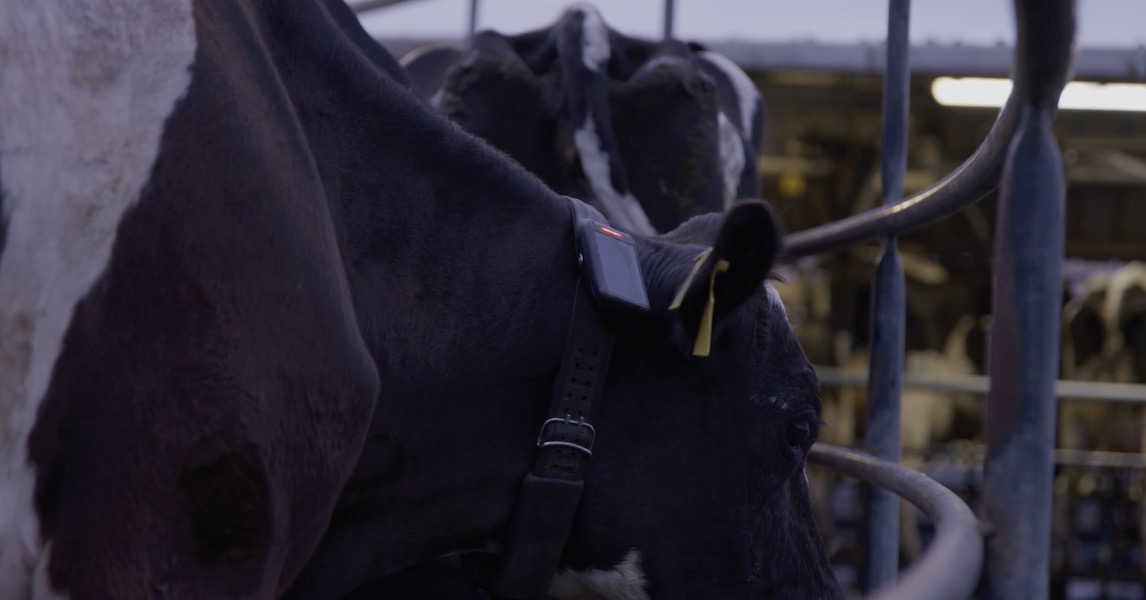
In 2025, climate tech unicorns – private companies valued at more than $1 billion – are sprouting not only from Silicon Valley but also from a widening set of global hubs. These are the places, the sectors, and the conditions where climate tech is being born and scaled at unprecedented speed.
According to the Hurun Global Unicorn Index 2025, there are now 1,523 unicorns across 52 countries and 307 cities. A growing share of them belong to climate tech or adjacent fields such as clean energy, carbon capture, AgTech, and the circular economy. While the precise tally of newly minted climate unicorns is still being finalized, analysts at HolonIQ point to a clear shift: the geography of climate tech is expanding rapidly.
Europe has become one of the most fertile breeding grounds. Climeworks, the Swiss pioneer of direct air capture, is emblematic. Its facilities in Iceland, including the widely covered “Orca” plant and the newer “Mammoth” project, have propelled the company into unicorn territory. Policy support, access to abundant renewable energy, and generous public funding across Northern Europe have created conditions where ventures like this can thrive. The UK and the Nordics are also expanding their footprint. Data compiled by Impact Loop suggests that Europe now counts at least 17 climate tech unicorns, most of them minted in the past four years, ranging from heat-pump specialists to circular materials innovators.
North America remains a powerful hub for climate investment. California and other U.S. states continue to attract capital, with data from PitchBook showing that climate tech is becoming an increasingly significant share of the American unicorn ecosystem. Carbon removal, energy storage, and AgTech companies are approaching billion-dollar valuations through late-stage fundraising rounds.
Emerging regions are also producing surprises. In June 2025, New Zealand’s Halter, a so-called “cow-tech” startup that automates grazing with smart collars, raised $100 million and crossed the unicorn threshold. The achievement demonstrates how agricultural technology can scale globally when climate and productivity converge.
Several dynamics explain why 2025 has become a turning point. Investors, more cautious after years of greenwashing claims, are channeling capital toward companies with measurable impact – those able to deliver verifiable carbon removal, stabilize grids, or decarbonize supply chains. Policy frameworks such as Europe’s Green Deal, the U.S. Inflation Reduction Act, and new climate risk rules in Asia are creating subsidies and lowering the risks of early deployment. At the same time, technologies such as direct air capture, long-duration storage, and green hydrogen are maturing from prototypes to industrial deployment, driving down costs. And above all, demand pressure is rising: corporates and governments alike are under intensifying pressure to meet net-zero targets, adapt to climate shocks, and prove resilience.
Among the most notable unicorns are Climeworks in Switzerland and Halter in New Zealand. Others are close behind. Analysts at Reuters and Forbes note that multiple late-stage energy storage and AgTech startups in the U.S. and Europe are within striking distance of the billion-dollar mark. Geography and infrastructure often make the decisive difference. Unicorns are more likely to emerge in places with abundant renewable resources, supportive grid regulation, strong R&D ecosystems, skilled labour markets, and industrial policies that de-risk scaling. Switzerland’s renewable mix, New Zealand’s AgTech ecosystem, and the EU’s regulatory frameworks are all examples of how local contexts can accelerate global impact.
The road ahead is not without obstacles. Scaling carbon capture, hydrogen, or industrial decarbonization remains capital-intensive. Policy signals are uneven across markets, and supply chain bottlenecks – from rare earth minerals to DAC components – pose risks. Traditional venture capital, focused on short exit timelines, does not always align with the longer horizons these technologies require, making patient capital essential.
In 2025, climate tech unicorns are being born in Zurich and Wellington as readily as in Silicon Valley. They demonstrate that billions for the planet can indeed be raised when policy, capital, and infrastructure converge. They are more than valuations. They are proof that economics and ecology can reinforce one another, that impact can meet scale, and that innovation can deliver resilience.
The open question is no longer whether climate tech can breed unicorns. It is how many more will emerge – and how quickly they can bend the trajectory of our shared future.